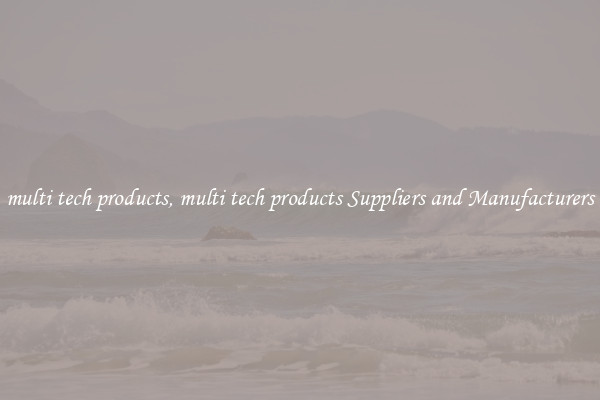High-Tech feeder with blowing For Productive Mining
Mining operations require a constant supply of materials in order to maintain productivity and efficiency. One of the key factors in achieving this is having an effective feeding system in place. Traditional feeder systems have their limitations, often requiring manual intervention and not always providing a consistent flow of materials. However, with recent advancements in technology, high-tech feeder systems with blowing capabilities are revolutionizing the mining industry.

These high-tech feeders are equipped with blowers that can precisely control the flow of materials to the desired location. This automation eliminates the need for manual intervention, reducing the risk of human error and increasing productivity. The blowing capabilities of these feeders also allow for materials to be distributed over a wider area, making them ideal for large mining operations where materials need to be spread out evenly.
In addition to their blowing capabilities, high-tech feeders also come with advanced monitoring and control systems. These systems use sensors to track the flow of materials in real-time, providing operators with valuable data on production rates and material usage. This data can then be used to optimize the feeding process and maximize efficiency.
Furthermore, high-tech feeders are designed to be durable and reliable, with many models being specifically engineered for the harsh conditions of the mining industry. This means that they can withstand extreme temperatures, high levels of dust and debris, and heavy usage without compromising on performance.
Overall, high-tech feeders with blowing capabilities are a game-changer for mining operations looking to increase productivity and efficiency. By automating the feeding process and providing real-time data monitoring, these feeders are revolutionizing the way materials are transported and distributed in the mining industry. With their advanced technology and durable design, high-tech feeders are sure to become an essential tool for productive mining operations in the future.

View details

View details

View details

View details








